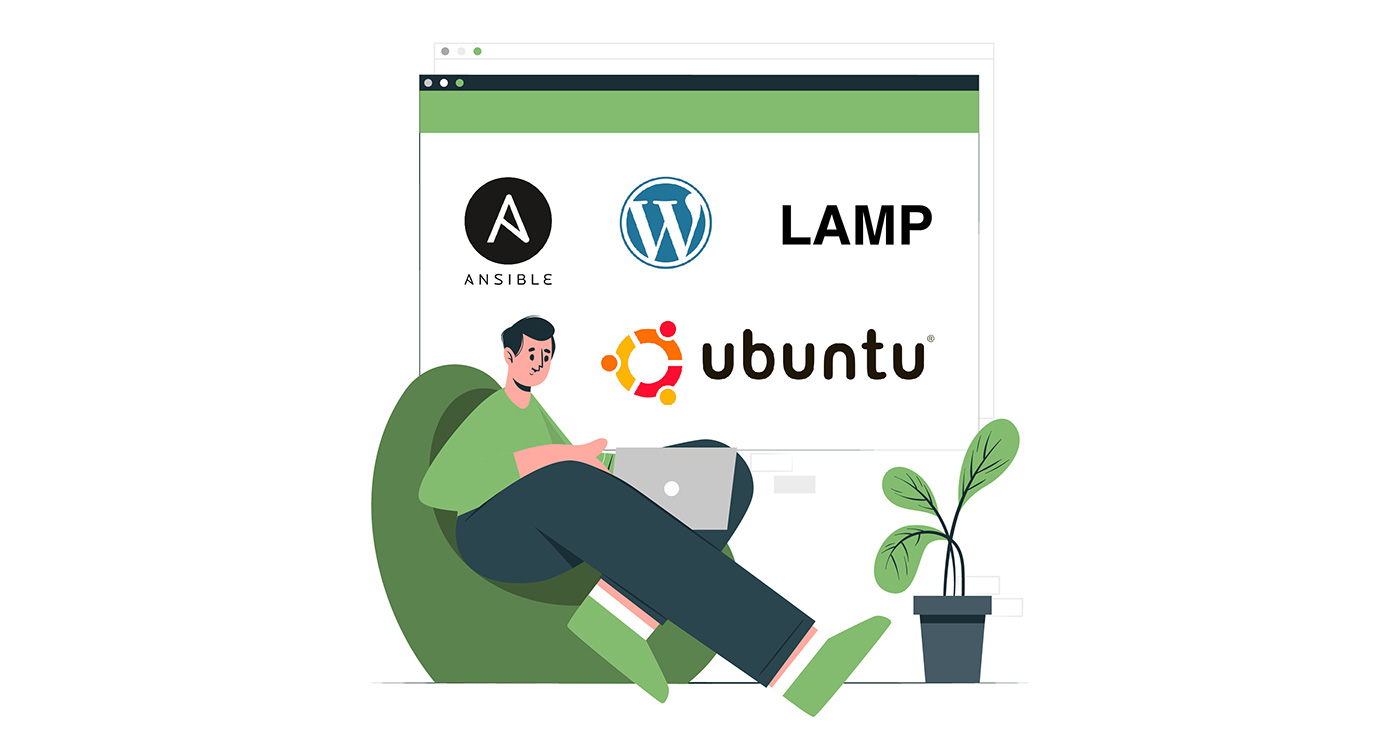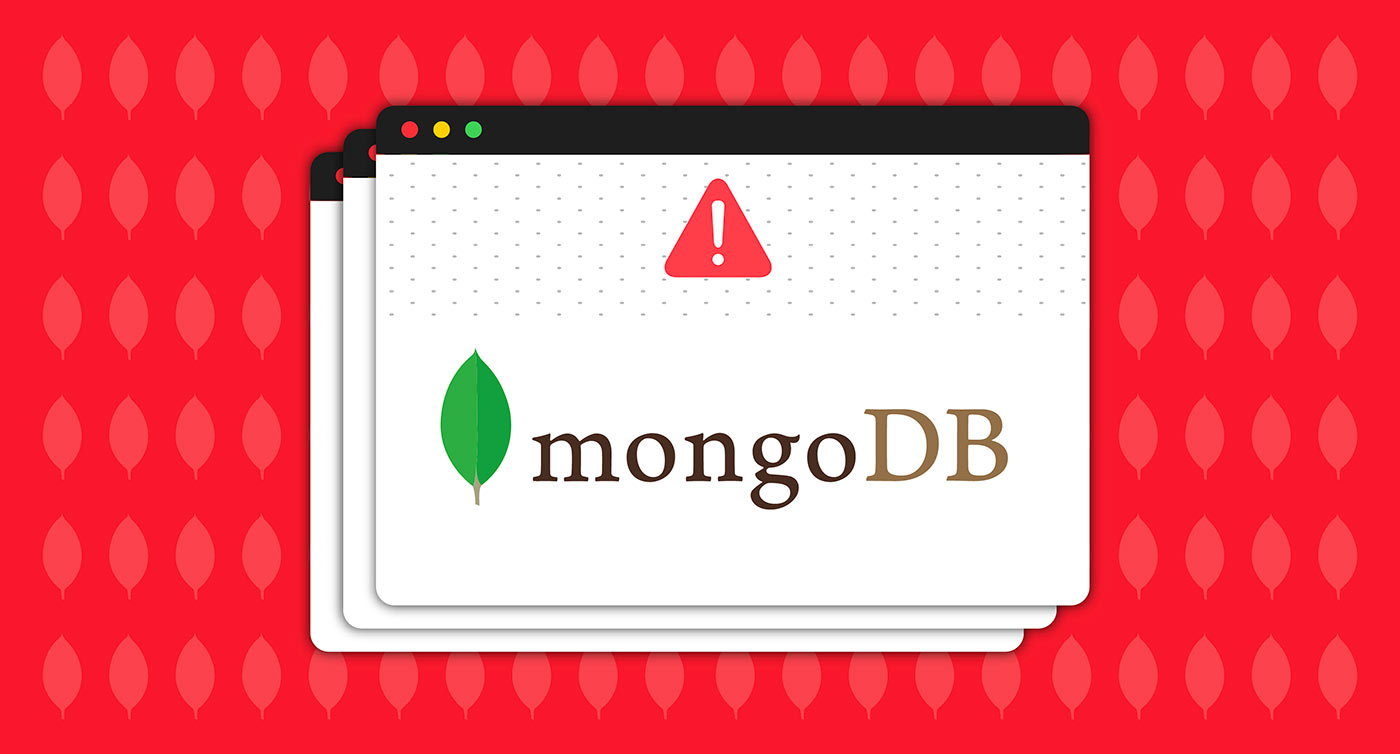Customers can take advantage of the secure and straightforward cloud operating paradigm provided by Whitech, HPE, and CloudSigma. This new collaboration enables local sovereign computing services for the fast-emerging economy of Egypt with sole Egyptian data protection and jurisdiction. Dubai– October 17, 2022- At the annual enterprise technology and global digital transformation event GITEX in Dubai, Robert Jenkin, the CEO …
The Architecture of Iptables and Netfilter
A firewall is a security device (hardware/software) that protects the network by filtering traffic and blocking unwanted/unauthorized access to private data. Having a proper firewall is important to protect your servers and infrastructure. It can not only block unwanted traffic but also block malicious software from infecting the system. In the Linux ecosystem, iptables is a popular firewall that interfaces …
Using Node.js Modules with npm and package.json: A Tutorial
Node.js is an open-source cross-platform Javascript runtime environment. For the last few years, it has become a popular choice for back-end web development due to its fast Input/Output (I/O) performance and unbeatable JavaScript syntax. Also, its adaptive nature allows quick customization, making this server technology stand out from its competitors. Node.js Package Manager — An Overview Node.js Package Manager or …
Smooth Scrolling in Action Using React: A Tutorial
React is an open-source JavaScript library used for building futuristic website designs and improving user interfaces. Due to its robustness, flexibility, and efficiency, it has outperformed its competing front-end libraries and frameworks. React provides excellent features and stand-out functionalities that facilitate customization and dynamic animation. In the list of animation collections, smooth scrolling in React helps in increasing web app …
Working with Strings in Ruby
Ruby is an interpreted, dynamic, reflective, object-oriented programming language. Developed by Yukihiro Matsumoto, Ruby focuses on simplicity and productivity. The elegant syntax allows developers to read and write code easier. In this guide, we will be working with strings in Ruby. Prerequisites To perform the steps demonstrated in this tutorial, you need the following components: A properly-configured Ubuntu system. Learn …
Using Ansible to Install and Configure WordPress with LAMP on Ubuntu
Introduction There are always times when we need to have new servers configured. This could be to distribute the workload or if we simply need more servers. When setting up new servers, users need to utilize server automation to configure them. This is done in order to minimize manual intervention. Ansible is one of the configuration management tools that can …
Creating Views in the Django Web Application Framework
Django is a powerful, open-source, Python-based web framework that streamlines the process of creating and managing websites and web apps. Django applications are scalable, high-performance, and secure. It also comes with really good documentation on every single part of the framework. In our series on Django, we’ve been exploring Django by implementing a sample website with basic blogging features. In …
Using PostgreSQL with Django on Ubuntu 21.04 Server
Django is a well-known web framework that streamlines the process of creating robust, scalable, secure, and high-performance web apps. It’s an open-source project written in Python. You can check out more detailed information on Django here. Any web app requires a database as the backend to manage data. Django supports various database engines as the backend, for example, MySQL, PostgreSQL, …
Key Aspects of Protecting your Data in the Cloud
While new technologies are designed to counter cyber threats, attackers are constantly evolving and coming up with new ways to exploit potential system vulnerabilities. Therefore, it is crucial for businesses that keep their data in the cloud to build robust and effective security measures that make sure their systems are protected at all times. A sound security plan requires considerable …
How to Configure MongoDB Replication and Automated Failover
A replica set is defined as a database cluster of multiple nodes with replication and automated failover configured between them. To make sure the PRIMARY database is elected correctly, it is important to have an odd number of members in the set (including or excluding the Arbiter node). The selected database is responsible for all the major tasks. It processes …
Using GitLab for Managing Projects
Introduction GitLab offers a very convenient way to work with remote repositories on centralized servers. Anyone coming from GitHub or any other tool might consider that there are many other tools offering this service. However, use cases differ from team to team. GitLab’s main advantage is that you get complete control over your repositories and setting permissions. In this tutorial, …
How to Import Packages in Go
Go (also known as Golang) is an open-source, statically typed programming language. It was originally developed by Google. Some notable features of Go include simplicity, high performance, readability, and efficiency. Like any other prominent programming language, the standard library of Go offers a rich set of packages. However, we can also extend the functionalities by incorporating third-party packages. This guide …

















